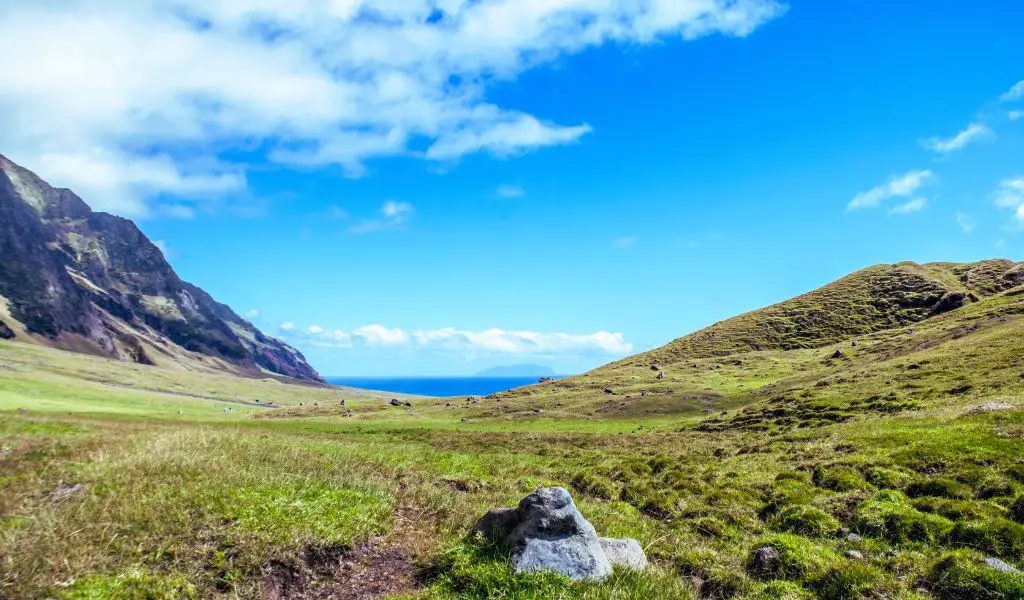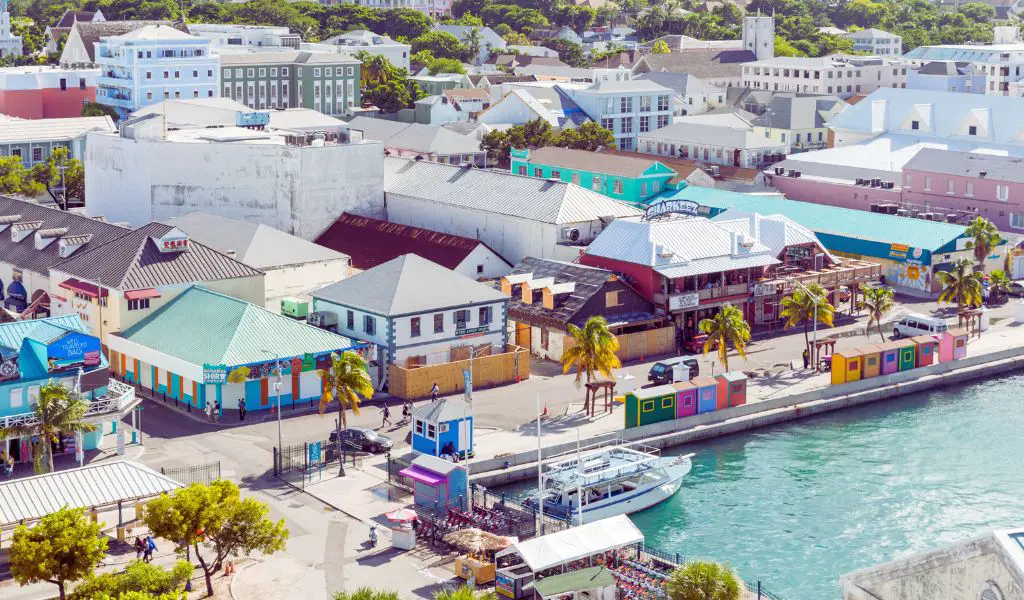The world is a vast and mesmerizing place filled with enchanting nooks and corners waiting to be discovered.
Yet, amidst this grand tableau, there are some destinations that test the mettle of even the most seasoned explorers.
At the top of this list are the remote islands scattered across our planet. So, what is the most difficult island to travel to? The answer is Bouvet Island. But before we delve into the intricate details, let’s understand what makes these islands so alluring yet challenging.
A Brief Understanding of Remote Islands
The Allure of Remote Islands
Every traveler carries within them a flame of curiosity, a desire to explore the unexplored, to tread on paths less traveled.
This innate longing is what makes remote islands, the unsung heroes of our globe, so enticing.
However, reaching them can often feel like a Herculean task, as each island presents its unique set of challenges.
The Enthralling Appeal
The remoteness of these islands, untouched by the modern hustle and bustle, creates an enigmatic allure.
It’s as though these landforms have kept their stories and secrets safely cocooned, waiting for a brave soul to uncover them.
However, as enticing as they may seem, reaching them isn’t a walk in the park.
The Challenges in the Journey
The journey to these islands is often marked by formidable geographic barriers, unpredictable weather, and intricate political nuances.
Each island is a test of perseverance, making the journey more about the odyssey than the destination. But what makes these islands difficult to access?
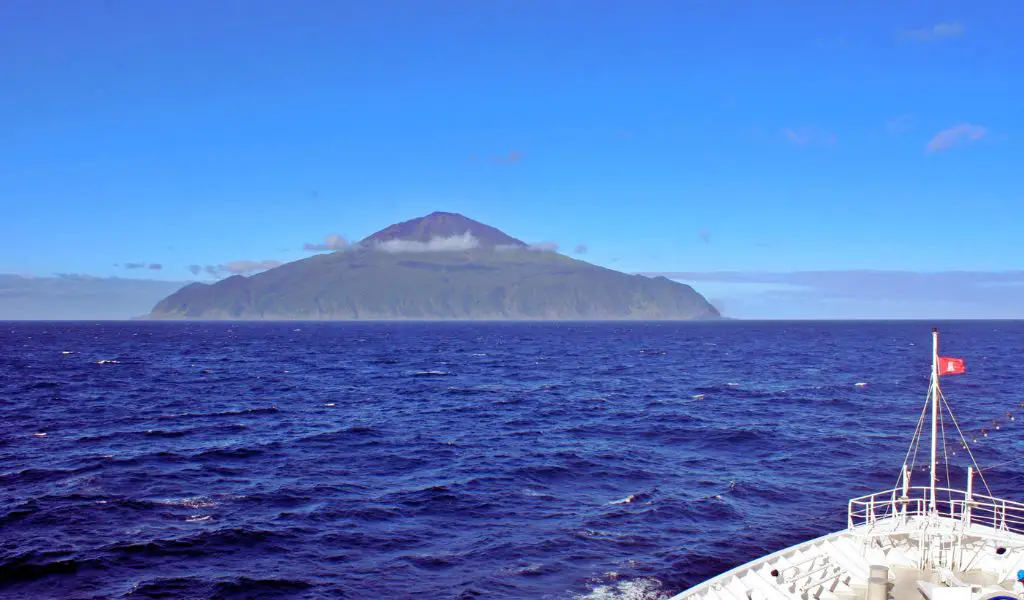
What Makes an Island Difficult to Access?
Many factors come into play when determining the accessibility of an island. The key ones include geography, climate, and politics.
Factors Determining Accessibility
While many might consider remoteness as the primary deterrent, factors such as the island’s terrain, its location with respect to trade winds and ocean currents, and even the geopolitical state of the region play a crucial role.
The Role of Geography
An island’s geography can present numerous challenges. For example, sheer cliffs, ice caps, or dense forests can make landings tricky or outright impossible.
Additionally, the absence of natural harbors can limit access to only small boats, further complicating logistics.
The Impact of Climate
Extreme weather conditions, such as persistent fog, fierce winds, or frequent storms, can render an island inaccessible for large parts of the year.
Even in calm weather, treacherous seas around the island can make navigation hazardous.
The Involvement of Politics
Political factors can also impede access to certain islands.
Sovereignty disputes, restrictive immigration policies, or protectionist measures can all hinder accessibility.
Now that we understand the factors contributing to an island’s accessibility, let’s delve into the heart of the matter: What is the most difficult island to travel to?
What is the Most Difficult Island to Travel to?
The undisputed titleholder in this category is Bouvet Island, located in the South Atlantic Ocean.
It is a remote, uninhabited landmass that presents some of the most formidable challenges to access.
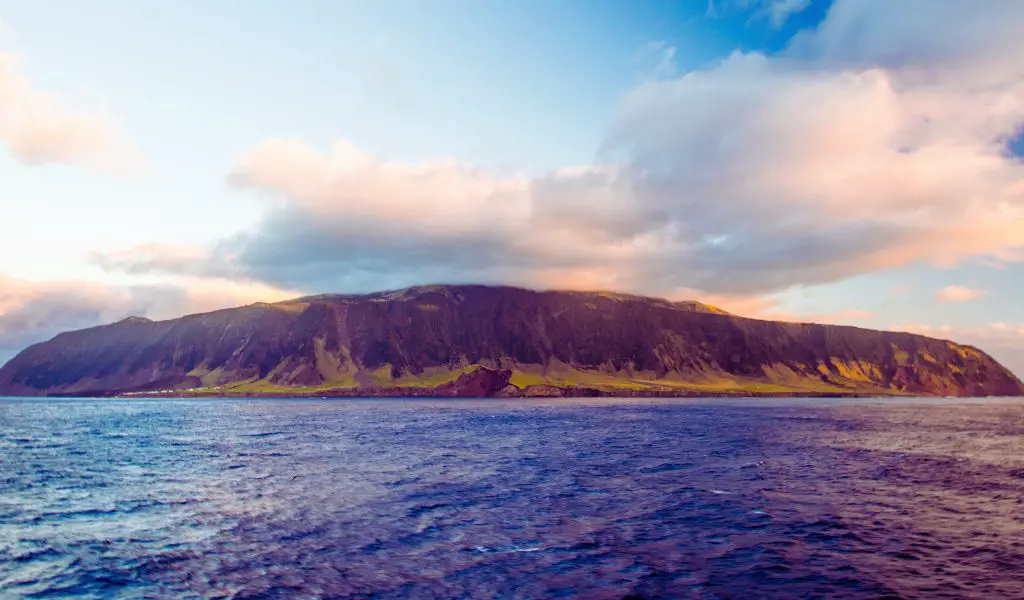
Bouvet Island: An Overview
Bouvet Island, a Norwegian dependency, is the remotest island in the world.
It is an ice-capped volcanic island covering an area of 49 square kilometers, with 93% of its surface covered by a glacier.
Its isolation, coupled with the harsh and unpredictable weather, makes it the most difficult island to travel to.
The Geographic Challenges of Bouvet Island
Its rugged landscape, dominated by glaciers and a lack of safe anchorages, makes landing extremely perilous.
It’s surrounded by steep cliffs that rise abruptly from the sea, making access by boat nearly impossible.
Climate and Weather-Related Complications
The island is known for its harsh climatic conditions, with frequent fog, heavy snowfall, and strong winds.
Its location in the roaring forties and furious fifties – latitudes known for their stormy weather and large icebergs – further adds to the difficulties of reaching it.
Political Restrictions and Impediments
Although Bouvet Island is uninhabited, it is a nature reserve, and access to it is heavily restricted by the Norwegian government.
Any expedition to the island requires a permit, and due to the risk associated with landing, permits are seldom granted. Let’s now move on to the adventure of reaching Bouvet Island.
Journeying to Bouvet Island
The journey to Bouvet Island is one of the most demanding and dangerous adventures on our planet.
Here’s a glimpse into what such an expedition entails.
Preparation for the Expedition
Since the island is located in a remote part of the South Atlantic Ocean, it is imperative to have a well-equipped expedition ship.
The voyage often starts from South Africa and takes about two weeks, covering over 2,500 nautical miles.
The Voyage to the Island
The sea voyage is marked by choppy seas, strong winds, and the ever-present threat of icebergs.
Even when the island is reached, landing is a perilous endeavor.
Helicopter landings are a rarity due to the fickle weather, and most landings are attempted using inflatable boats, a risky endeavor given the rough seas and sheer cliffs.
Dealing with Potential Risks
The potential risks involved in a Bouvet Island expedition are enormous, from boat capsizing to stranding due to unpredictable weather.
The remoteness of the island makes rescue operations nearly impossible, thereby heightening the risk factor. Let’s now take a look at life on Bouvet Island.
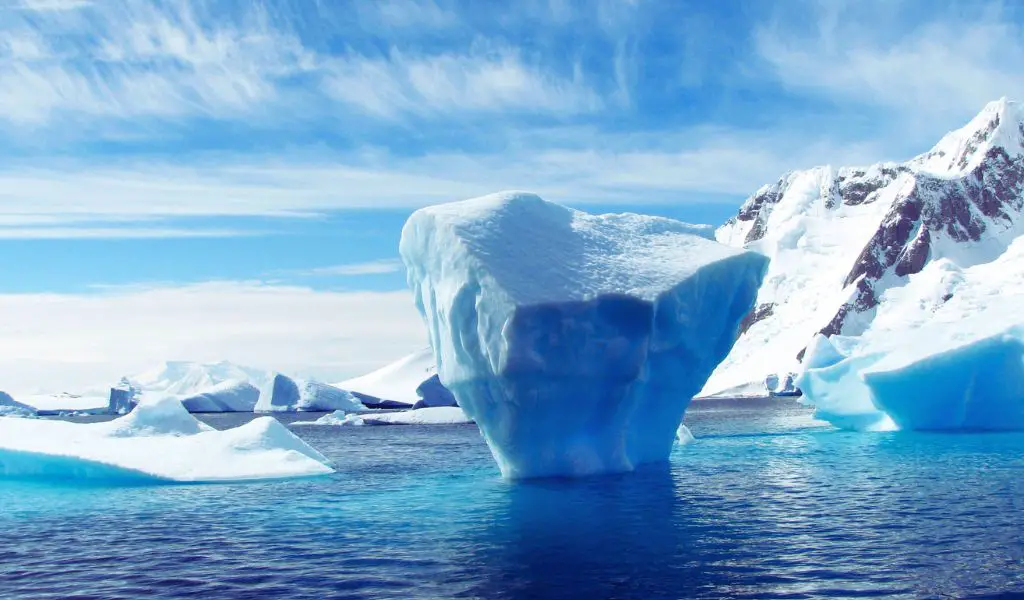
Life on Bouvet Island
Despite the harsh conditions, Bouvet Island is home to a variety of wildlife. However, survival here requires an extraordinary level of adaptation.
Surviving the Extreme Weather
The primary residents of the island are seabirds and seals, both of which have adapted to the harsh climatic conditions.
Penguins are a common sight, their black and white bodies standing out against the white landscape.
Flora and Fauna on Bouvet Island
The island, due to its ice-cover, has little vegetation. However, the surrounding seas are rich in nutrients, supporting a diverse array of marine life.
It’s this marine life that sustains the birds and seals on the island.
Now that we’ve unraveled the most difficult island to travel to, let’s glance at some other challenging islands.
Other Noteworthy Difficult-to-Reach Islands
While Bouvet Island takes the crown, several other islands deserve mention for their remoteness and difficulty of access.
Tristan da Cunha: The Remotest Inhabited Island
Tristan da Cunha, located in the South Atlantic Ocean, holds the title of the remotest inhabited island.
It’s home to a small population, who live in isolation from the rest of the world.
Reaching Tristan da Cunha requires a six-day boat journey from South Africa, and the island’s challenging weather often delays departures.
North Sentinel Island: The Forbidden Territory
North Sentinel Island, located in the Andaman Sea, is home to the Sentinelese, an indigenous tribe that has remained isolated from the outside world.
The Indian government strictly prohibits any attempt to contact or visit the island to protect the tribe and their way of life.
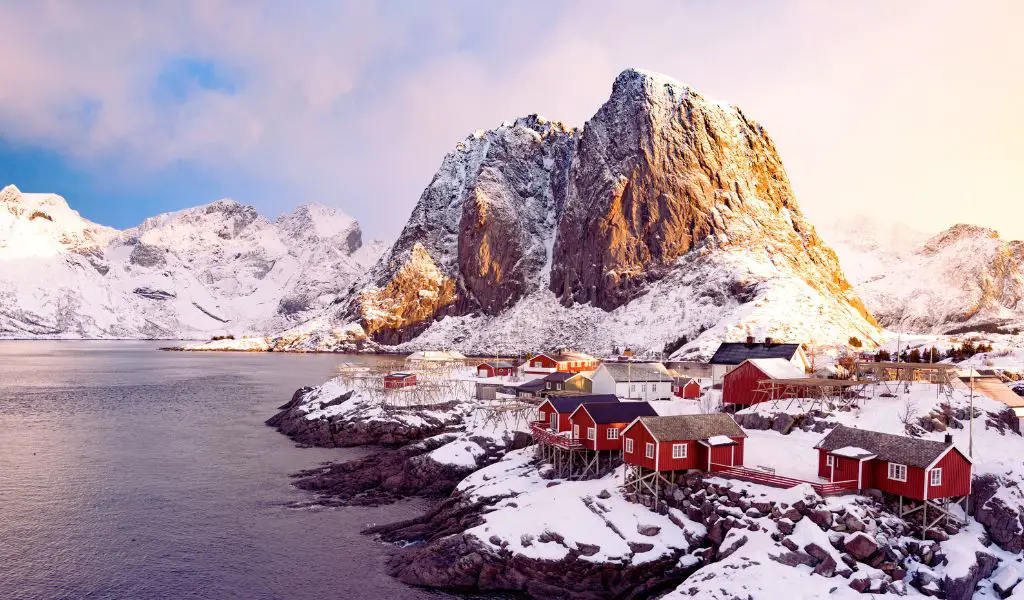
Svalbard: The Polar Desert
Svalbard, a Norwegian archipelago located in the Arctic Ocean, is another challenging destination.
Its Arctic climate, polar nights, and the presence of polar bears make it a difficult and dangerous place to visit.
The Relevance of These Remote Islands
These islands serve as windows into a past untouched by modern civilization, each one holding a mirror to the earth’s history and the evolutionary adaptation of life under the harshest of conditions.
Should We Even Attempt to Reach These Islands?
While the spirit of exploration is a driving force, it’s crucial to remember the importance of responsible and respectful travel.
Remote and difficult-to-reach islands often harbor delicate ecosystems that could be severely impacted by human intrusion.
It’s essential to ensure that our curiosity doesn’t lead to the destruction of these pristine environments.
Frequently Asked Questions
What is the most difficult island to travel to?
The most difficult island to travel to is Bouvet Island, a remote, uninhabited island located in the South Atlantic Ocean.
Why is Bouvet Island difficult to travel to?
The remoteness of Bouvet Island, coupled with its challenging geography, extreme weather conditions, and the political restrictions imposed by the Norwegian government, makes it the most difficult island to travel to.
Are there other difficult-to-reach islands?
Yes, other difficult-to-reach islands include Tristan da Cunha, the remotest inhabited island; North Sentinel Island, off-limits due to an isolated tribe living there; and Svalbard, located in the Arctic Ocean with its challenging Arctic climate.
Is it possible to visit Bouvet Island?
Yes, it’s technically possible to visit Bouvet Island, but it’s extremely challenging due to the factors mentioned above. Furthermore, any expedition to the island requires a permit from the Norwegian government.
What wildlife exists on Bouvet Island?
Despite its harsh conditions, Bouvet Island is home to seabirds and seals, both of which have adapted to the challenging climatic conditions. Penguins are a common sight on the island.
Why should we care about these difficult-to-reach islands?
These islands offer a window into Earth’s history and the evolution of life under harsh conditions. They also serve as reminders of the importance of preserving these pristine environments from human intrusion.

